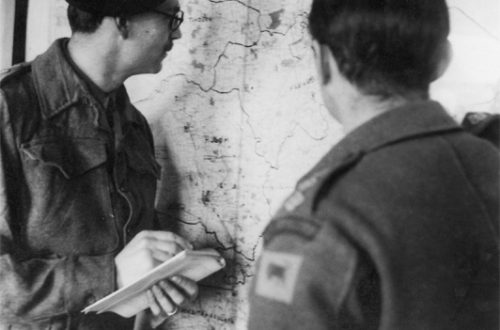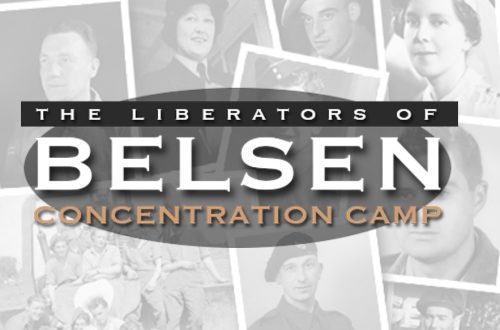Liberation Day
Despite the camp being entered first on Sunday 15 April 1945, by eight men of the 6th SAS and then 1–3000 men of 11 and 29 Armoured Brigade, these troops stayed no more than a few hours and moved out to continue the war.
This meant that the only personnel resources of any kind available for the first 48 h consisted of one Field Hygiene Section (FHS) (one doctor and 28 men), plus the non-medically trained 200–250 soldiers of 63 ATR (Anti-Tank Regiment) and a similar number in 172 LAA (Light Anti-Aircraft Artillery). As soon as the first British medical personnel saw the situation, an urgent appeal was sent back to Headquarters requesting far more food, water, medical units and troops.
The following day 27 water bowsers, coal and more army rations arrived. The food lorries contained dried milk powder, rye flour, oatmeal, sugar and salt, with tinned meat and vegetable rations, which were the only supplies that were readily available, but were much in line with what Michie had suggested. The LAA and ATR troops distributed what they could in both of the Belsen camps.
Common sense dictates that antibiotics and all other purely ‘medical’ treatments are likely to be ineffective in patients about to die of unrelieved starvation so that the initial provision must be the fundamental prerequisites of humanitarian disaster relief: food and water, shelter and adequate sanitation. They were therefore prioritised. Far from being medically unprepared for eventual European victory and the chaos that would probably ensue, the Allies had planned to combat the expected malnutrition and typhus.
Approximately 450 000 kg of DDT was stockpiled in Europe and at the end of the war DDT dusting stations were established at crossing points along the Rhine where all who came were adequately treated. As a result, there was no Western European epidemic, and only a comparatively small number of cases traced to those repatriated westwards from Germany. Very few cases of typhus ever reached Britain, most of these being in the London medical students who had been working in Belsen.
MacAuslan R. J R Army Med Corps
Final delousing of Camp 1 was completed on 30 April— 13 days after the arrival of the RAMC—by which time there were still only 17 British doctors ( plus one American), 12 trained nurses and 16 Voluntary Aid Detachment untrained nurses.
9,972 total views


